News Beat
News Beat reporting is an idrw.org initiative to let our Readers to report News Based on Actual facts but some how has not been reported in Main Stream Media .
SOURCE: RAUNAK KUNDE / NEWS BEAT / IDRW.ORG

The prestigious No. 51 ‘Swordarms’ Squadron, based in Srinagar, is set to commence the induction of the indigenous Tejas Mk1A fighter jet. Following the retirement of its MiG-21Bis, which had earned acclaim for shooting down a Pakistani F-16 over the Line of Control, the squadron temporarily ceased flying operations on June 30, 2022.
With the expected delivery of Tejas Mk1A jets starting from February 2024, the Indian Air Force (IAF) plans to raise the first two squadrons, potentially in Rajasthan and Srinagar, which are strategically vital regions for the IAF in the Western and North sectors, respectively.
Continue readingSOURCE: RAUNAK KUNDE / NEWS BEAT / IDRW.ORG
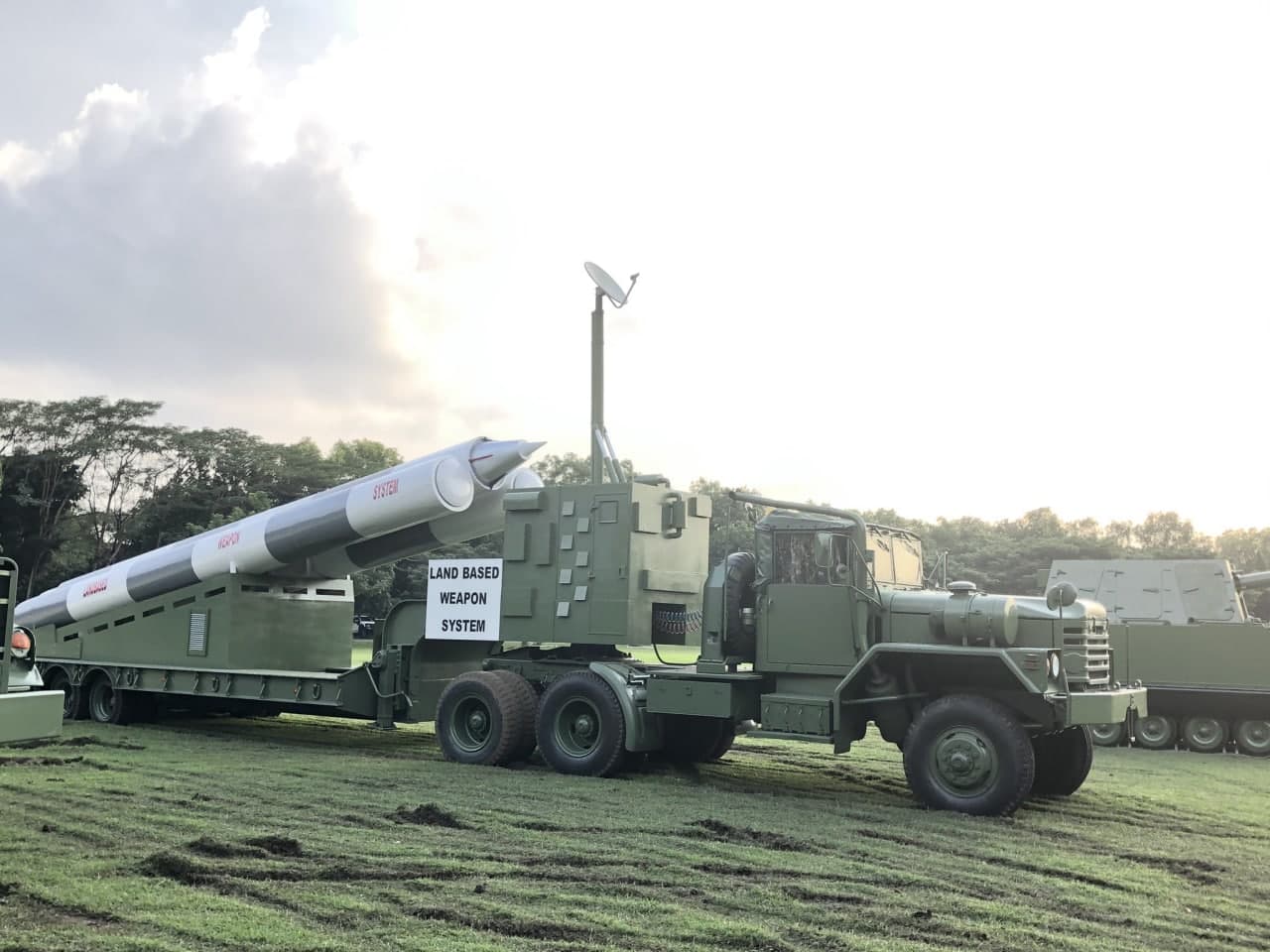
The Philippine Army is actively pursuing plans to bolster its coastal defence capabilities by acquiring batteries of the BrahMos supersonic anti-ship cruise missile. Negotiations have begun with India’s BrahMos Corporation, and it is expected that orders will be placed later this year.
This move comes in the wake of the Philippine Navy’s recent order for three batteries of BrahMos missiles, which are intended for use by the Philippine Marine Corps. With India offering a line of credit to meet Manila’s defence requirements, the stage is set for further strengthening of defence ties between the two nations.
Continue readingSOURCE: RAUNAK KUNDE / NEWS BEAT / IDRW.ORG
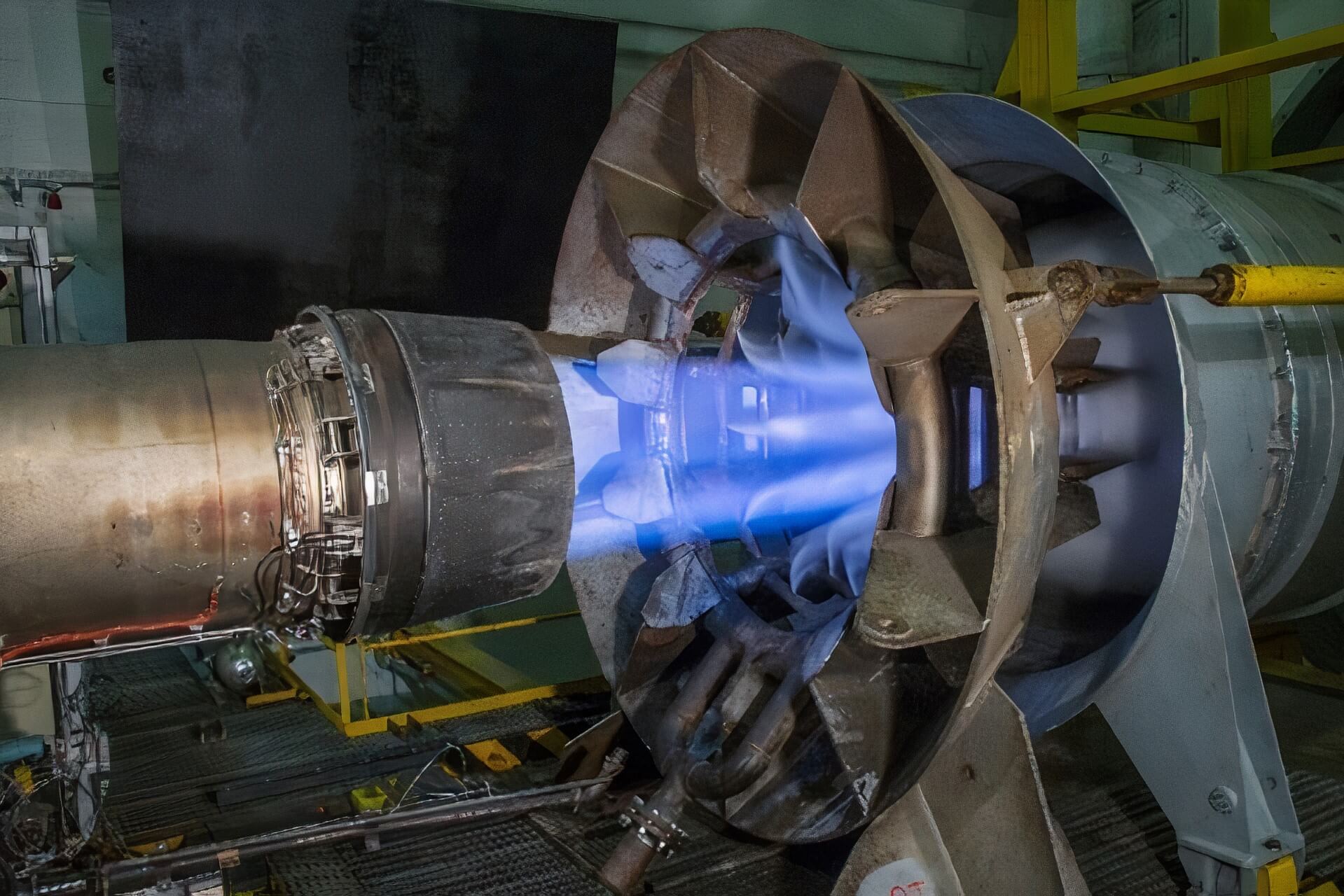
French aerospace engine manufacturer Safran has recently expressed significant interest in collaborating on the development of a new engine for India’s Advanced Medium Combat Aircraft (AMCA) program. During a briefing held in Paris, attended by Dr Samir V. Kamat and the Indian AMCA team, Safran proposed a co-development initiative for a new engine core capable of generating 75kN of thrust. When combined with an afterburner, this engine core has the potential to produce a thrust class ranging from 110kN to 120kN.
Sources familiar with the matter, speaking to idrw, have revealed that the proposed engine core will be larger than the M-88 engine currently powering the Dassault Rafale. Additionally, it will feature a turbine inlet that can withstand higher temperatures than those observed in the M88 engine. To address this requirement, Safran has proposed the development of new-age materials that can effectively manage the engine’s stress levels while operating at higher temperatures.
Continue readingSOURCE: RAUNAK KUNDE / NEWS BEAT / IDRW.ORG

Gas Turbine Research Establishment (GTRE) in Bengaluru, India, has embarked on an ambitious project to design and develop a variant of the 4.4kN thrust class Small Turbo Fan Engine (STFE) specifically for the Air-Launched Cruise Missile (ALCM) program. This project aims to equip the ALCM with a lower-thrust 3.3kN STFE variant, allowing it to achieve a range of over 500 kilometres.
According to the Defence Research and Development Organisation (DRDO), the STFE engine is a generic twin-spool engine that does not feature an afterburner. It is designed to be an expendable, single-use engine with a short operational lifespan, making it ideal for use in the ALCM program. The engine is composed of various modules that work together to ensure optimal performance and reliability.
Continue readingSOURCE: RAUNAK KUNDE / NEWS BEAT / IDRW.ORG
The Indian Navy has been assigned the pivotal role of overseeing the development of India’s upcoming High Altitude Long Endurance (HALE) Class Unmanned Aerial Vehicle (UAV) proposed by the Aeronautical Development Establishment (ADE) for the Indian Armed Forces.
While ADE is still finalizing the configuration of the Turboprop-powered HALE UAV in collaboration with the tri-service branches of the Indian military, it has been decided that the Navy will collaborate with ADE in establishing the fundamental parameters of the HALE UAV. Simultaneously, the Army and Air Force will recommend specific sensors and payloads based on their operational requirements.
Continue readingSOURCE: RAUNAK KUNDE / NEWS BEAT / IDRW.ORG

The Philippines Air Force (PAF) is currently evaluating its options for acquiring a fleet of fighter jets to enhance its defence capabilities. While the Indian-made HAL Tejas was initially considered a potential choice, recent developments indicate that the PAF is leaning towards the procurement of second-hand Gripen C/D aircraft from Sweden.
One of the primary factors influencing the Philippine Air Force’s decision-making process is the cost-effectiveness of the options available. Saab’s offer of used Gripen C/D aircraft presents an attractive opportunity due to its lower price tag compared to the HAL Tejas. The budgetary constraints faced by the PAF make the Gripen C/D a more financially feasible option, allowing the Philippines to acquire a larger fleet of fighter jets within their allocated resources.
Continue readingSOURCE: RAUNAK KUNDE / NEWS BEAT / IDRW.ORG

The potential acquisition of the Indian-made BrahMos supersonic cruise missile by Indonesia has faced hurdles due to compatibility issues with the country’s existing coastal radars and combat management systems. While Indonesia has expressed interest in procuring the BrahMos missile as part of its defense modernization efforts, integrating it into its defense infrastructure poses technical challenges. The Indonesian government emphasizes the transfer of technology as a crucial component of any defense equipment procurement, which further complicates the situation.
Indonesian warships’ Combat Management Systems heavily rely on Western original equipment manufacturers (OEMs) or technology transfers from OEMs to PT Len Industri, an Indonesian state-owned communications equipment manufacturer.
Continue readingSOURCE: RAUNAK KUNDE / NEWS BEAT / IDRW.ORG

The Indian Space Research Organisation (ISRO) is making significant strides in promoting the participation of private sector companies in the production and launch of the Small Satellite Launch Vehicle (SSLV).
Recognizing the potential of the private sector, ISRO is actively seeking collaborations with private companies to manufacture and launch SSLV rockets. By involving private entities in SSLV production, ISRO aims to boost indigenous manufacturing capabilities while also promoting innovation and efficiency.
Continue readingSOURCE: RAUNAK KUNDE / NEWS BEAT / IDRW.ORG
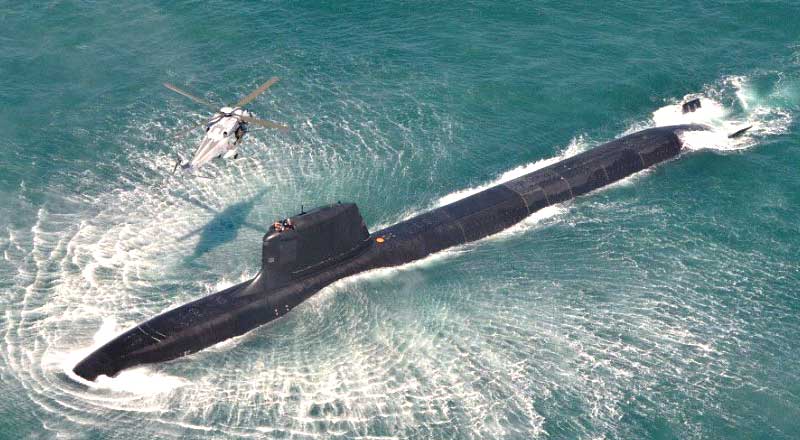
India and France are set to discuss potential collaboration in the development of nuclear attack submarines during Indian Prime Minister Narendra Modi’s upcoming visit to France as the chief guest for the Bastille Day parade. This meeting holds significant importance as it aims to foster cooperation and strengthen the strategic partnership between the two nations.
Earlier in 2023, France had extended an offer to jointly develop nuclear attack submarines (SSNs) with India as part of its atmanirbharta (self-reliance) initiative. This collaboration would involve the transfer of technology based on France’s advanced Barracuda-class SSNs, with the Naval Group, responsible for developing the Scorpene boats, leading the project. The first of the Barracuda-class SSNs, Suffren, was commissioned into the French Navy in mid-2022. France plans to commission a total of six SSNs by 2030, each costing over $2 billion.
Continue readingSOURCE: RAUNAK KUNDE / NEWS BEAT / IDRW.ORG

The Air Force Research Laboratory (AFRL), Indian Air Force (IAF), and the Defense Research and Development Organization (DRDO) are set to initiate developmental trials of the Air-Launched Unmanned Aerial Vehicle (ALUAV) later this year or early next year. These trials will be conducted from IAF-operated C-130J Transport Aircraft, marking an important milestone in the joint project undertaken by the United States and India under the Defence Technology and Trade Initiative (DTTI) initiative.
The ALUAV, which will be used for Intelligence, Surveillance, and Reconnaissance (ISR) roles, will feature joint intellectual property rights (IPR) for both the United States and India. The collaboration aims to develop an indigenous capability for manufacturing the ALUAV in India by leveraging technology transfer from the United States.
Continue readingSOURCE: RAUNAK KUNDE / NEWS BEAT / IDRW.ORG

India is set to equip its Light Tank with the Man Portable Anti-Tank Guided Missile (MPATGM), developed by the Defense Research and Development Organization (DRDO). This strategic move aims to bolster the offensive capabilities of the light tank, which is currently under development and slated for rollout later this year. The MPATGM, a low-weight and fire-and-forget missile, will significantly enhance the tank’s offensive firepower.
The indigenously developed MPATGM features a miniaturized infrared imaging seeker and advanced avionics for precise onboard control and guidance. The missile has undergone successful test trials, proving its performance and maximum range. Earlier this year, the DRDO announced its plans to develop a lighter variant of the MPATGM, reducing its weight by 10-20 per cent to ensure it is man-portable.
Continue readingSOURCE: RAUNAK KUNDE / NEWS BEAT / IDRW.ORG
BrahMos Aerospace, the renowned Indo-Russian missile manufacturer, has recently confirmed the successful completion of the preliminary design phase for the next generation of BrahMos-NG missiles. Pravin Pathak, the export director of the missile producer, revealed that the shape of the BrahMos-NG missiles has been finalized, signalling that the production phase is approaching rapidly.
Pathak shared this exciting update during the International Maritime Defense Show held in St. Petersburg last week, generating significant interest and anticipation among defence enthusiasts and experts alike. The BrahMos-NG (Next Generation) missile is set to be a miniaturized version of its predecessor. Although it will offer the same range and speed capabilities as the current BrahMos missile operated by the Indian Army, it will be considerably lighter in weight.
Continue readingSOURCE: RAUNAK KUNDE / NEWS BEAT / IDRW.ORG

Hanwha Ocean, a leading global player in the field of submarine technology, has expressed its keen interest in responding to the Indian Navy’s Request for Proposal (RFP) for the construction of six diesel submarines. The company has confirmed that its offering will meet the stringent requirements set forth by the Indian Navy, including the incorporation of a fuel cell-based Air Independent Propulsion (AIP) system and cutting-edge lithium-ion battery technology, in which Hanwha Ocean is a recognized world leader.
Hanwha Ocean’s expertise in advanced submarine technology has been demonstrated through the successful deployment of the KSS-III Batch-II submarine, which boasts one of the highest underwater endurance capabilities among non-nuclear submarines. The KSS-III Batch-II submarine features an impressive fuel cell-based AIP system and a lithium-ion battery pack, showcasing Hanwha Ocean’s proficiency in these technologies.
Continue readingSOURCE: RAUNAK KUNDE / NEWS BEAT / IDRW.ORG
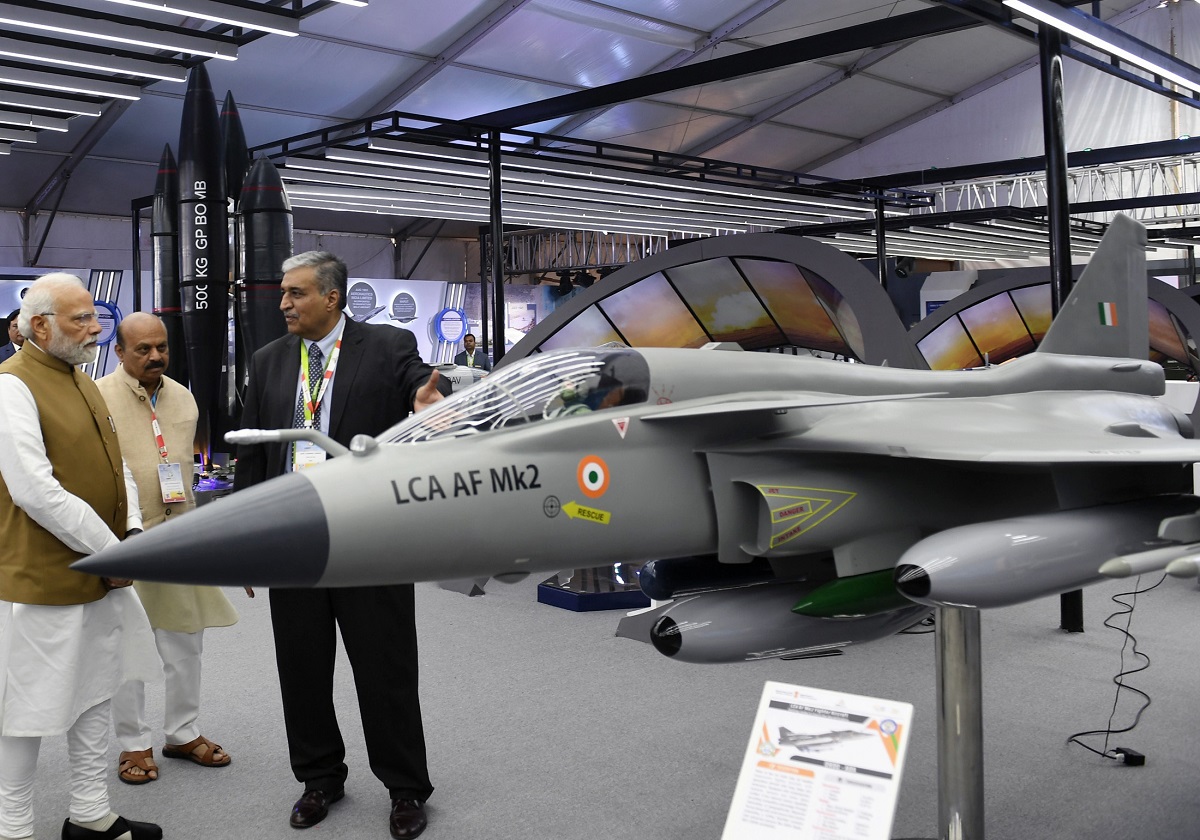
The Indian Air Force (IAF) has set its sights on acquiring 108 Tejas Mk2 fighter jets, which will be equipped with the powerful American F-414 engine generating 98kN of thrust. This initial projection is just the beginning, as the order book is expected to expand further with the development of the second improved variant of the Tejas Mk2.
The upgraded variant of the Tejas Mk2, although yet to receive an official designation, will be equipped with a brand-new engine capable of generating 110kN of thrust. This engine is being specifically designed and developed for the 5th generation Advanced Medium Combat Aircraft (AMCA) program. In addition to the enhanced engine, the improved Tejas Mk2 will also incorporate a range of other improvements.
Continue readingSOURCE: RAUNAK KUNDE / NEWS BEAT / IDRW.ORG
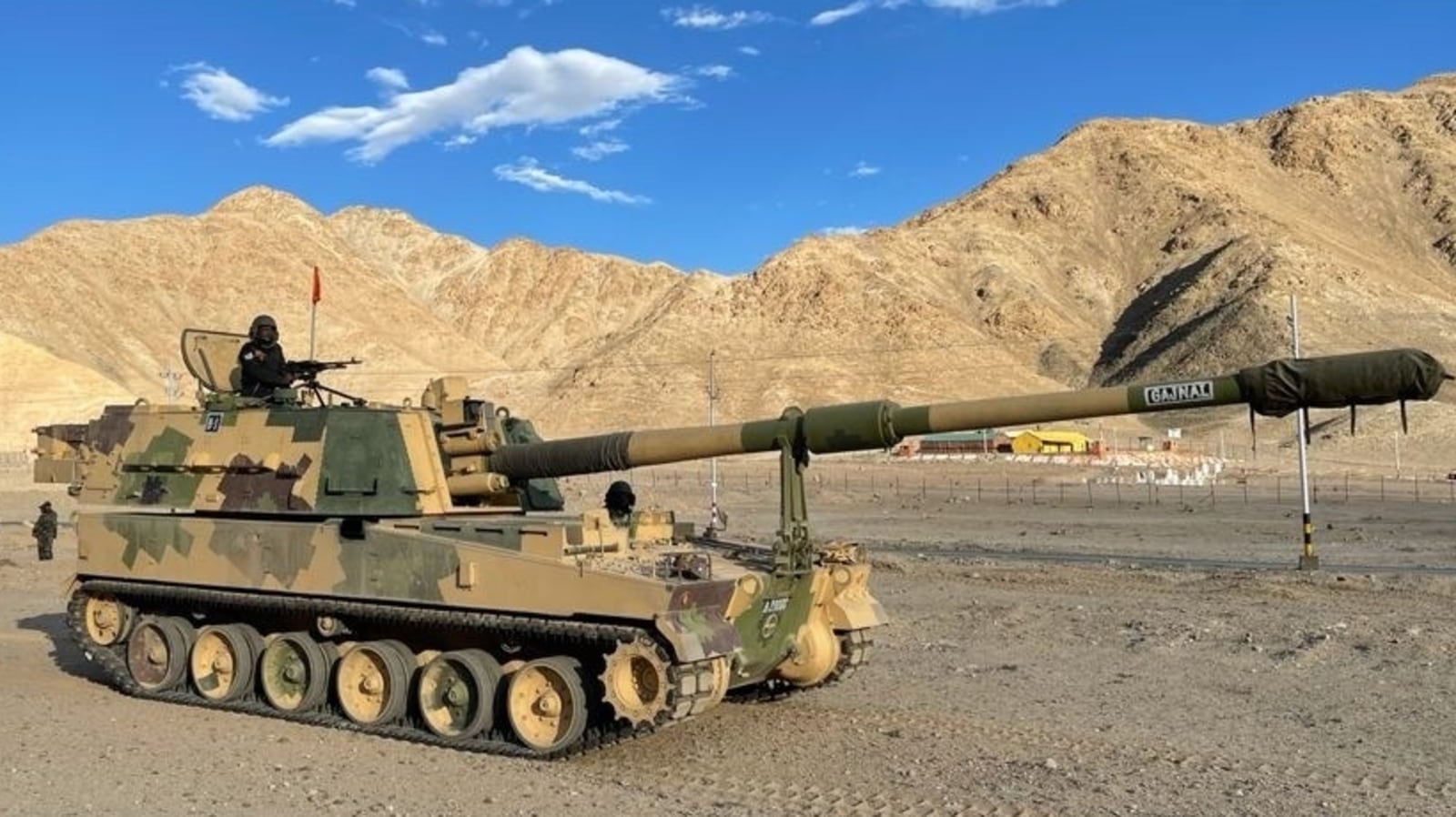
Hanwha Group’s defence division has presented its upgraded K9 Vajra Self-Propelled Howitzer (SPH) to the Indian Army, showcasing a host of new features and advancements. The South Korean company claims that the upgraded variant, known as the K9A2, is a game-changer in the field of artillery, providing novel opportunities for artillery deployment and enabling rapid shoot-and-scoot operations to enhance survivability and extend battlefield coverage.
One of the key enhancements in the K9A2 SPH is the introduction of a full-automatic turret. This advanced turret system can handle ammunition feeding, loading, and propellant charge 100% automatically. With this feature, the K9A2 is capable of firing up to 10 rounds per minute, significantly improving its rate of fire and overall operational efficiency.
Continue reading